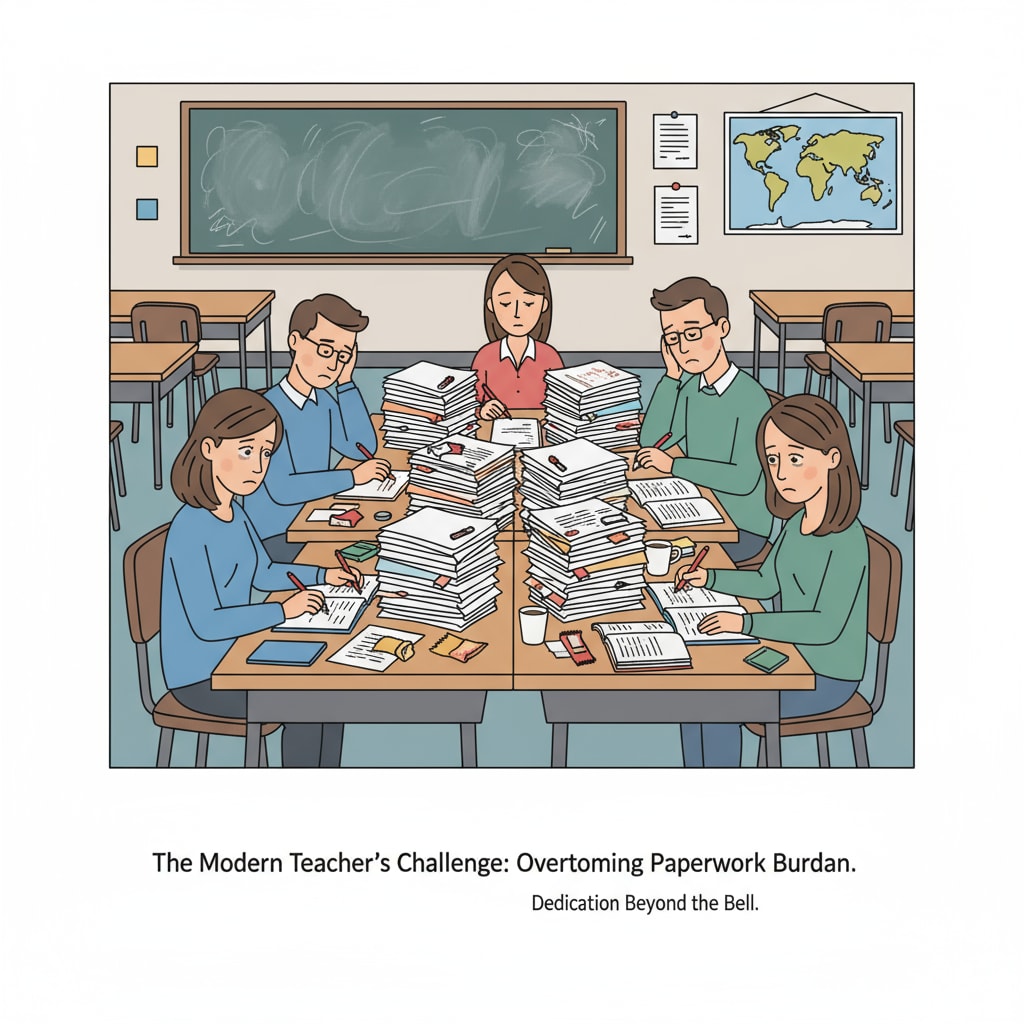Teaching burden, work stress, and job burnout are becoming increasingly prevalent issues among teachers in the K12 education system. The noble profession of teaching, which is meant to inspire and educate the next generation, is being severely tested by the overwhelming pressures that teachers face.

The Heavy Teaching Load
The teaching load is one of the primary sources of stress for teachers. In many K12 schools, teachers are expected to cover a vast amount of curriculum in a limited time. They have to prepare detailed lesson plans, teach multiple classes a day, and ensure that students understand the complex concepts. For example, a high school math teacher may have to teach different levels of math courses, each with its own set of teaching materials and requirements. This not only requires in – depth knowledge but also consumes a great deal of time in preparation. According to The National Education Association (NEA), excessive teaching loads can lead to decreased job satisfaction and increased burnout.
The Duties of a Homeroom Teacher
In addition to regular teaching tasks, being a homeroom teacher adds another layer of burden. Homeroom teachers are responsible for the overall well – being of their students. They have to manage student behavior, deal with conflicts, and communicate with parents regularly.

A homeroom teacher might spend hours each week handling disciplinary issues, writing reports, and organizing class activities. These non – teaching responsibilities can be mentally and physically exhausting, contributing significantly to work stress and eventually leading to job burnout.
The consequences of teacher burnout are far – reaching. When teachers are burned out, the quality of education suffers. They may be less enthusiastic in the classroom, unable to give their full attention to students, and less likely to innovate in teaching methods. This not only affects the students’ learning experience but also the future of education as a whole. Therefore, it is crucial for the education system to take action.
Readability guidance: As seen above, we’ve used short paragraphs to make the content more digestible. Each H2 section has key points presented clearly. We’ve also kept the passive – voice usage low and added transition words like ‘in addition’ and ‘therefore’ to enhance readability.


